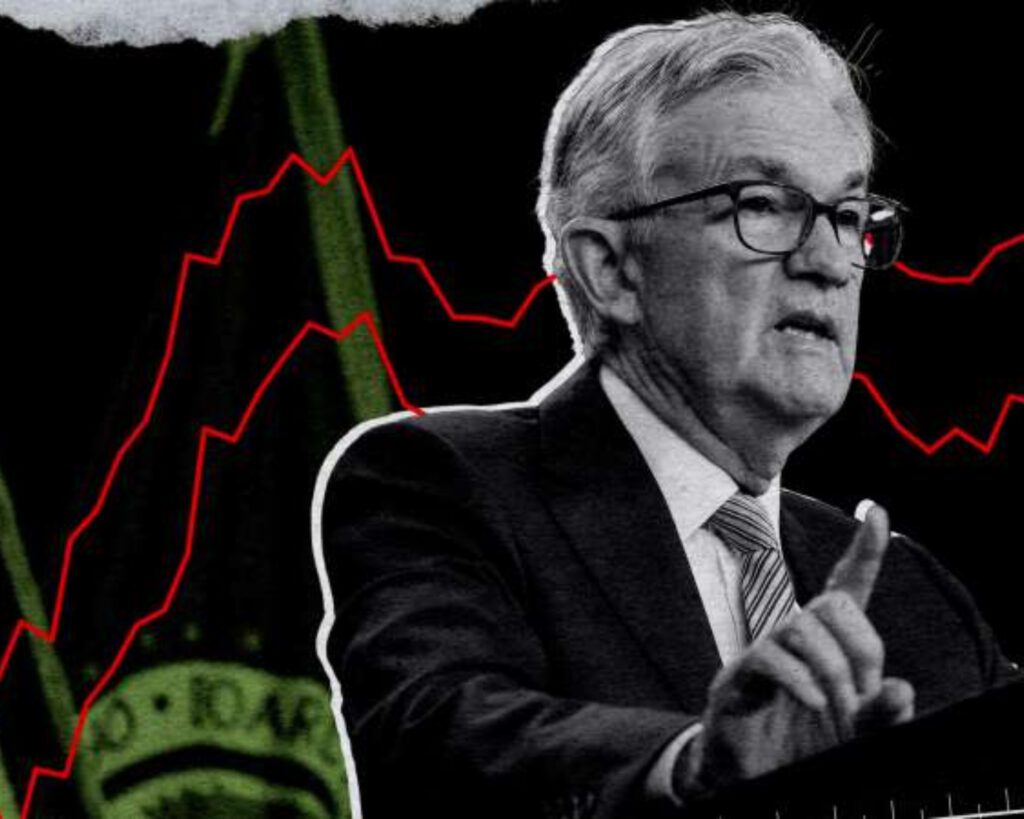In a significant shift, the Federal Reserve has decided to pause on raising interest rates after 15 consecutive months of increases. This break offers a glimmer of hope for consumers who have been grappling with higher mortgage rates, credit card costs, and other loans due to the relentless rate hikes. While the decision brings some respite, the financial impact of the past rate increases is already taking a toll on households. Let’s delve into the effects of the Federal Reserve’s pause on interest rates and how it may shape the financial landscape for consumers.

Mortgage Rates of Federal Reserve: Holding Steady but Uncertain Future
The pause in rate hikes by Federal Reserve is likely to stabilize mortgage rates for the time being. This pause brings a much-needed boost for homebuyers who have witnessed a rapid surge in home loan costs. However, the housing market remains sensitive to economic uncertainty.
The fluctuations in mortgage rates may continue as the market reacts to ongoing challenges. While there may be some relief, experts suggest that mortgage rates are likely to remain higher throughout the year.
Credit Card Rates: Little Relief in Sight
Consumers burdened with credit card balances should not expect immediate relief. Despite the pause in rate hikes, some banks are still incorporating the recent increases into their fee schedules, leading to potential further rises in annual percentage rates (APRs). The typical rate for new credit cards is expected to surpass 24%, reaching record highs.
Additionally, existing credit card APRs are already at nearly 21%, the highest since 1994. Borrowers are facing interest rates that are 5 percentage points higher than in March 2022, resulting in additional financial charges.
Auto Loans: Steady Rates Reflecting Market
Demand Auto loan rates, unlike some other loan types, tend to be influenced more by buyer demand for vehicles rather than the Federal Reserve’s interest rate decisions. Currently, loan rates for new vehicles have remained relatively constant at an average of around 7%.
Despite the ongoing pandemic’s impact on car sales and high vehicle prices, loan rates are unlikely to change significantly unless sales experience a significant slowdown. The combination of robust demand and higher loan rates has offset any potential decline in vehicle prices.
Savings Accounts and CDs: Higher Yields with Slowing Increases
The pause in rate hikes by the Federal Reserve has led to the highest yields on savings accounts and certificates of deposit (CDs) in a decade. While the pace of increases in yields is slowing, these accounts remain much more rewarding than they were a year ago.
Online savings account yields have surged to 3.98%, up from 0.73% a year ago, while the average yield on a 12-month CD stands at 4.86%, compared to 1.49% a year ago. However, with the pause in rate hikes, further significant increases in yields may be comparatively small as banks may slow down their deposit rate hikes.
The Fed’s Future Plans: More Hikes on the Horizon
Despite the pause, the Federal Reserve has indicated the possibility of resuming rate hikes later in the year. Policymakers forecast a final rate of approximately 5.6%, suggesting two more rate hikes before the end of 2023.
This surprised the stock market, with the Dow Jones Industrial Average slipping 1% due to concerns about potential future rate increases. While the battle against inflation seems to be making progress, consumers may have to wait for significantly lower borrowing costs as monetary policies have a notoriously long time lag.
While the Federal Reserve’s pause on rate hikes offers a glimmer of relief for consumers grappling with higher borrowing costs, the long-term effects of the previous increases are still felt. Mortgage rates are expected to stabilize, but fluctuations may persist due to economic uncertainty.
Credit card rates remain high, and further increases are possible. Auto loan rates reflect market demand and are unlikely to change significantly. As consumers await lower borrowing costs, the Federal Reserve’s future plans may involve additional rate hikes to address inflation.
